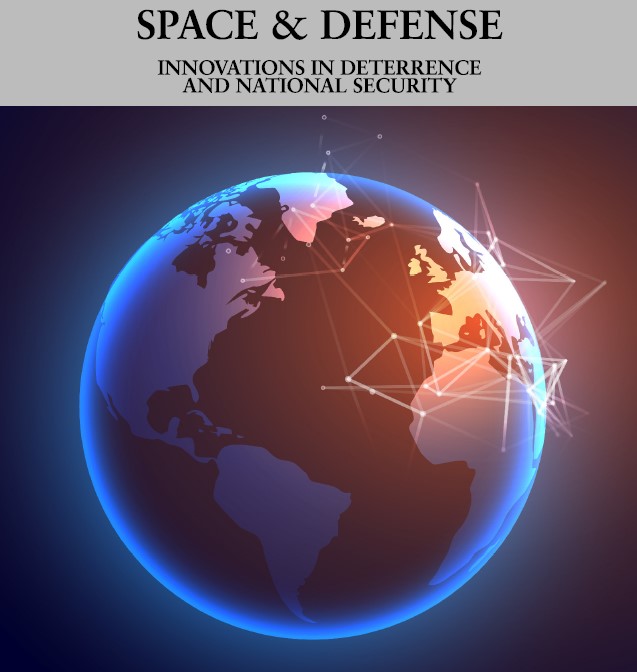Space and Defense

Abstract
This article argues that the United States must adapt its nuclear deterrence strategy to counter the People’s Republic of China’s (PRC) accelerating nuclear force expansion. As Beijing seeks to achieve nuclear parity with Washington—projecting up to 1,500 warheads by 2035—the authors contend that U.S. strategy must evolve from Cold War-era models to meet the Indo-Pacific’s unique strategic challenges. They propose the establishment of a Pacific Air Forces (PACAF) A-10 Strategic Deterrence and Nuclear Integration Division, modeled after its European counterpart, to enhance regional nuclear planning, integration, and allied assurance. The paper emphasizes the concept of escalation domination, arguing that the United States must regain control over the pace and scale of potential conflict by combining credible nuclear capabilities with clear narrative and operational control. Through a regionally focused A-10 division, the United States could strengthen extended deterrence, coordinate allied training, and mitigate proliferation pressures among Indo-Pacific partners. The authors conclude that proactive nuclear planning and organizational modernization are essential to deter PRC aggression, reassure allies, and sustain strategic stability in an era of renewed great-power nuclear competition.
DOI
10.32873/uno.dc.sd.16.02.1324
Creative Commons License

This work is licensed under a Creative Commons Attribution 4.0 License.
Recommended Citation
Tang, Mark and Buettner, Grace
(2025)
"Plan to Fail by Failing to Plan: Deterring PRC Nuclear Force Expansion,"
Space and Defense: Vol. 16:
No.
2, Article 12.
DOI: 10.32873/uno.dc.sd.16.02.1324
Available at:
https://digitalcommons.unomaha.edu/spaceanddefense/vol16/iss2/12
Included in
Asian Studies Commons, Aviation and Space Education Commons, Defense and Security Studies Commons, Eastern European Studies Commons, International Relations Commons, Leadership Studies Commons, Near and Middle Eastern Studies Commons, Nuclear Engineering Commons, Science and Technology Studies Commons, Space Vehicles Commons
